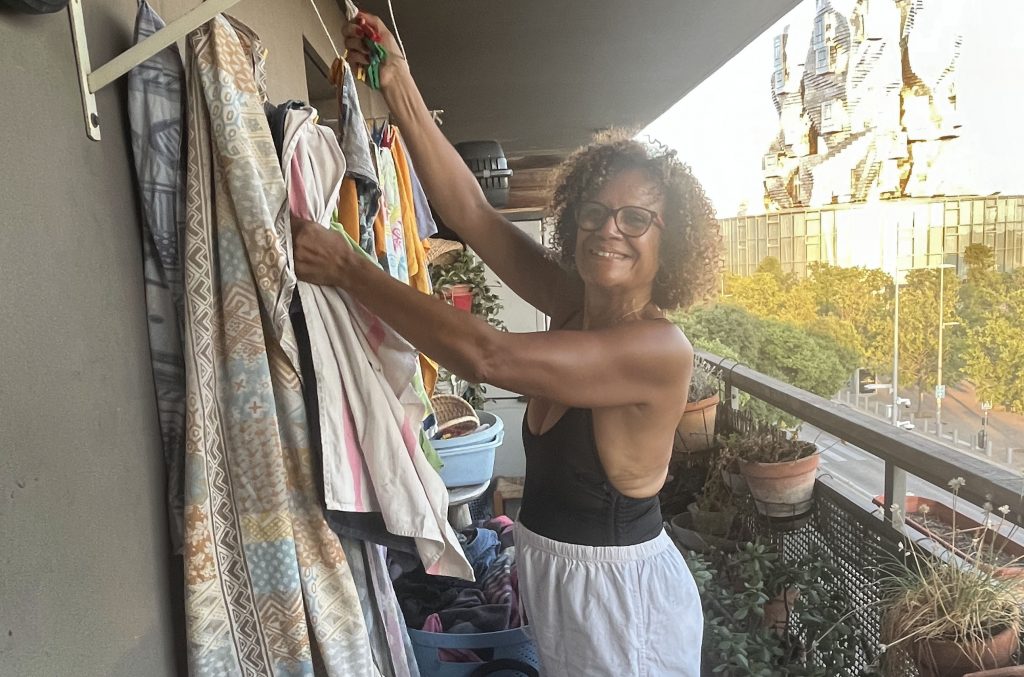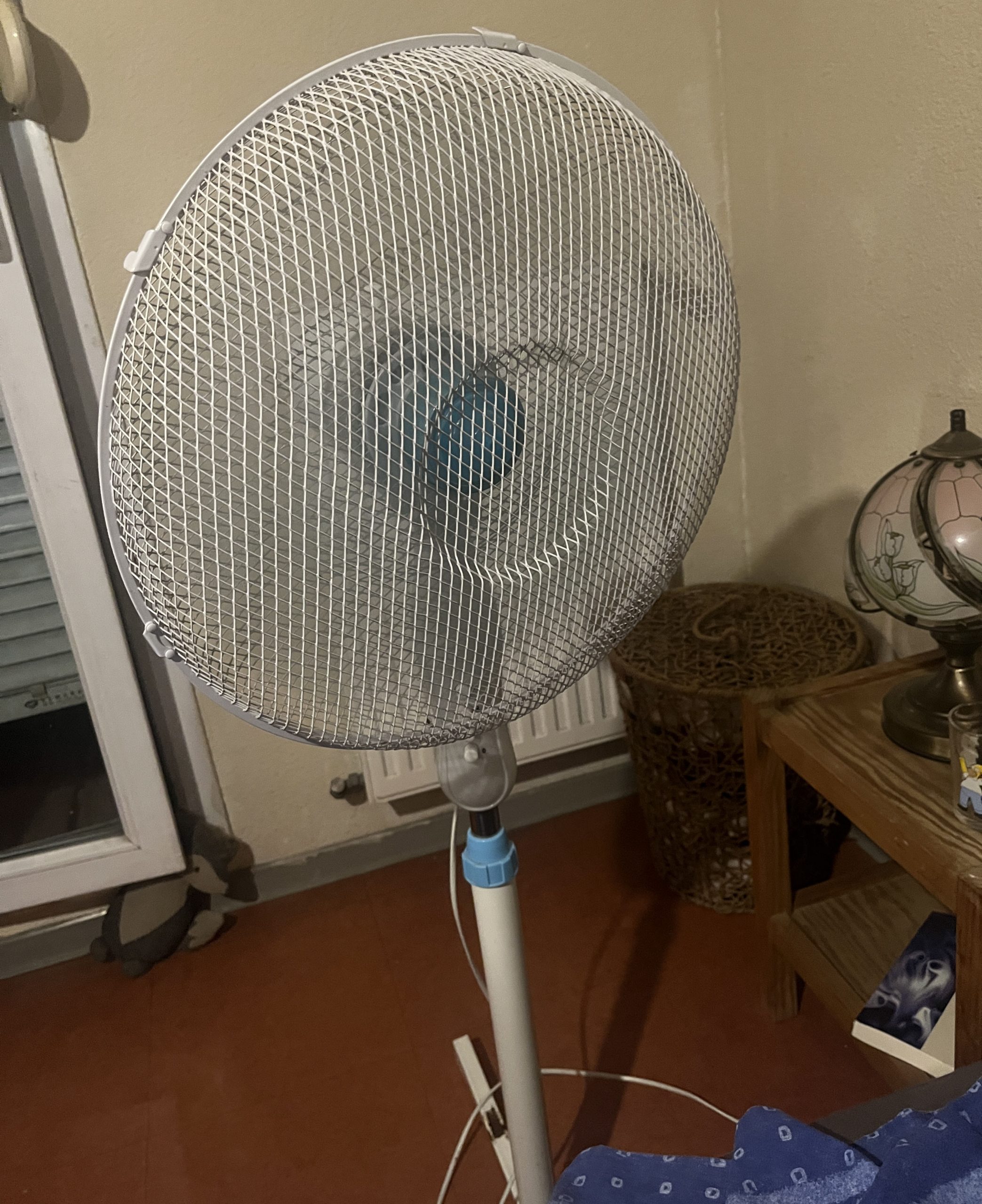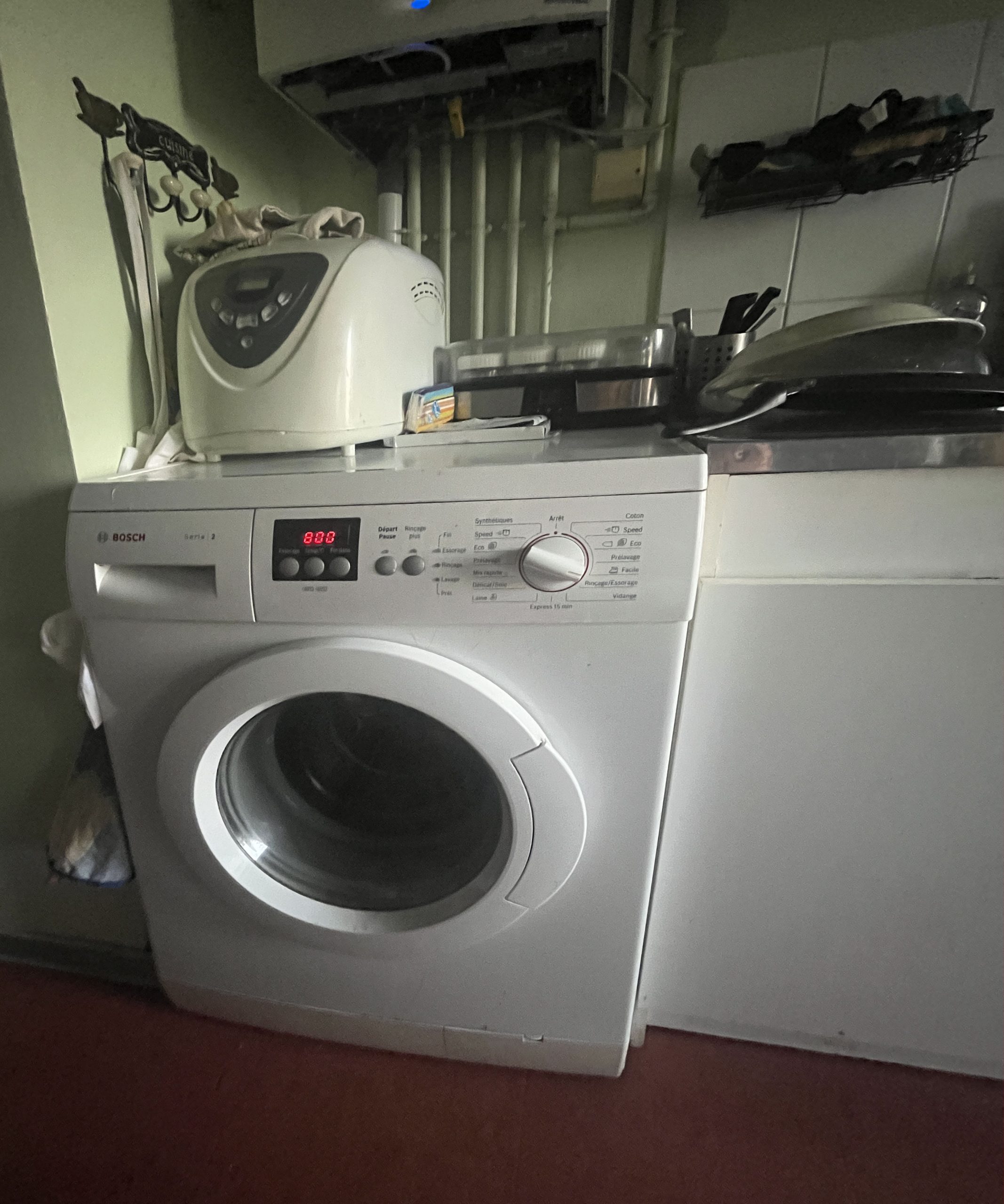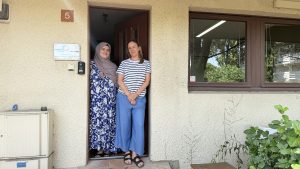
Text and photos by Jessie Shaw
Before spending a month in Arles, France, I knew the lifestyle would be different in France compared to the United States. Besides the language, several differences in France include having most shops closed on Sundays, longer lunch periods, later dinners, and sometimes two separate rooms for toilets and showers
However, what struck me most was how French households utilize energy compared to those back in the United States. The differences between the countries are particularly noticeable regarding cooling and laundry.

Given its Mediterranean location, the summers in Arles are sometimes brutal: expect consistent days reaching at least 90°F with the usual nightly lows reaching just above 70°F. It is not uncommon for high temperatures to reach the hundreds throughout the summer, and these heat waves have become more frequent due to climate change. It can feel like spending a summer in the American Deep South.
Despite the hot summers in Arles, most households lack air conditioning (AC) units and have to rely on fans or ice packs instead. In regions of the United States that experience hot summers, AC is considered to be a necessity for households. As of 2020, 89% of all American households have AC, and it is especially prominent in Southern and most Midwestern states, where more than 90% of households have AC.
By contrast, only 25% of French households had AC as of 2020. This likely owes to the greater concern for the negative environmental impacts of most AC units.
The household where I am staying for a one-month study abroad is among the majority lacking AC. To endure the consistent 90-degree heat, my host family has turned the fans on until we leave the house, and has left the doors to our porch open while lowering the blinds to keep our space cooler. Even at night, I get hot and let the fan blow on my face and sleep with an ice pack as the nights remain warm and humid. Honestly, I could not imagine living permanently in a hot summer region without AC!

In addition to lacking AC, we do our laundry a little differently in France than back in the United States. The most noticeable difference is the lack of dryers in French households compared to their American counterparts. Instead of machine-drying clothes, the French use the old-school method of hanging laundry to dry.
In my host family’s case, we have one small washing machine in the kitchen while lacking a machine dryer. Djamila Courmont, the mother of my French household, hangs laundry on her porch’s rack to dry. Back at my family’s house in San Diego, we have both a washing machine and a dryer, and even my college dorm halls had both a washing machine and a dryer in their laundry rooms.
Although it may be unusual for an American home to not have a dryer, I understand why people prefer to hang their clothes to dry in sunny southern France over using a machine dryer. Like AC, machine dryers take up energy and are less environmentally friendly than hang-drying. Overall, my experience with energy consumption in France has been mixed: part of me dreads the lack of AC amidst hot weather and prefers the machine dryer over hang-drying, but another part of me understands why it’s important to consume energy responsibly amidst climate change.
Feature photo: Djamila Courmont hangs laundry on a rack on her balcony.




